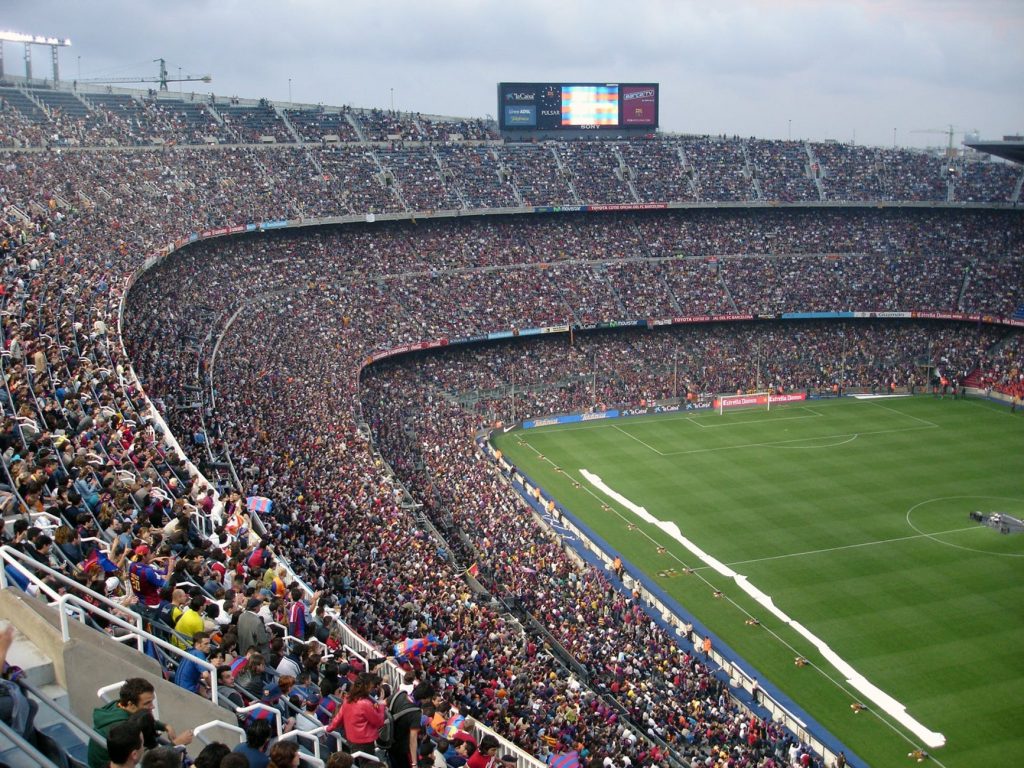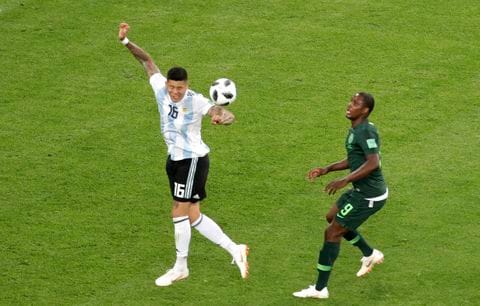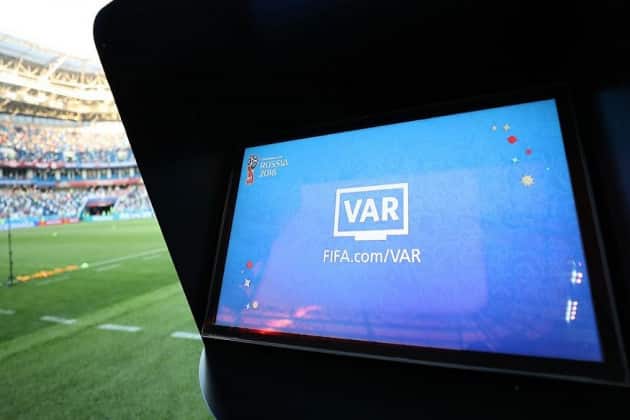The Video Assistant Referee or the VAR is the newest form of line technology in Football. Previously, FA cup has used this technology. But now, the greatest show ever, Football World Cup, is using it.

The integration of VAR technology means that the referees can make a more accurate decision during a football game. The VAR technology was used in Diego Costa’s first goal against Portugal in the World Cup Russia 2018.

And very recently, FIFA referees sought assistance from VAR during the match between Argentian and Nigeria. Nigerian players claimed a penalty, apparently appealing to the referee that Argentinian player Marcos Rojo, who scored the decisive goal for his team, cleared a ball with his hand inside the Penalty box. Although the referee ruled out the claim by Nigerian players after seeking assistance from the VAR. The video footage captured the referee talking over his earpiece and then he made another move!

We saw him running to the side of the field and looking at a screen. Which makes many of us curious, how exactly does the VAR work?
Uses of VAR
There will be four direct uses of VAR. The referee will seek assistance from the VAR on 4 different occasions.
Goals– It will help determine whether a Goal was valid or not.
Penalty Decision– Referee will consult with the VAR in awarding Penalty-Kicks.
Direct Red Cards– Referee will send-off players if match rules are violated, and assistance from the VAR will be sought if necessary.
Player Detection– In events when the main referee, the one with the whistle, sends off the wrong player for violation for certain match rules, assistance from the VAR will be sought.
How Does VAR work?
01 Trigger– The Referee and VAR can respectively seek or offer assistance from the other party at any moment during a Football game.
02 Review– If the referee seeks assistance from the VAR, the VAR immediately reviews Video footage and communicates its feedback to the main referee through a headset. The VAR also recommends a course of action for the referee.
03 Decision Taking– The referee can accept the recommendation made by the referee or choose to check the video footage himself. If the referee chooses the later, he will run up to the Video Screens sitting at the side of the field for review.
Does the VAR need Human Intervention?
The International Football Association Board approved the VAR technology last March. But, what was its purpose? Was it intended to eliminate the chance of human error during a Football Game? Does it mean human referees are only on the field to communicate a decision and all the key decisions are solely taken by the VAR which delivers the decision to the referee through an earpiece?
Well, if you are thinking the VAR is an AI itself, you are wrong. The VAR technology relies on dozens of cameras located throughout the Football field. These cameras capture real-time footage of the game. Monitors project these footages in a remote location. And here is where the humans step in.
Video Referees, inside that room, closely monitored the proceedings of the game. So there you go! The VAR technology has been demystified. Humans review footages captured by the VAR. Furthermore, these video referees give their own judgment to the on-pitch referees. So if you are thinking that the VAR does the video analysis itself, formulates a decision and delivers the final decision, then you are wrong. Human intervention is greatly important for successful use of the VAR.



